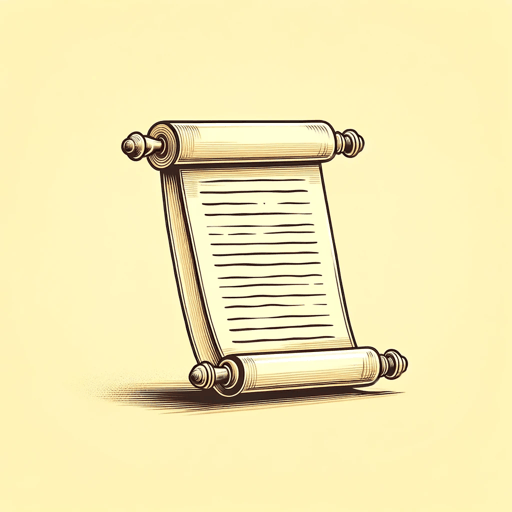57 pages • 1 hour read
Sinuhe, R.B. Parkinson (Translator)The Tale of Sinuhe: and Other Ancient Egyptian Poems 1940-1640 B.C.
Fiction | Novel/Book in Verse | Adult | BCEA modern alternative to SparkNotes and CliffsNotes, SuperSummary offers high-quality Study Guides with detailed chapter summaries and analysis of major themes, characters, and more.
Background
Ideological Context: The Ancient Egyptian Worldview
For most of the time period from the predynastic and prehistoric 4th millennium BCE to the early centuries of the Common Era, the culture of ancient Egypt rested on a unique array of spiritual beliefs and practices that governed social and personal life. Distinct aspects of Egyptian religious beliefs included their conception of death and the afterlife, the role of the gods in human life, and practices of divination and magic.
Parkinson observes that the Egyptian view of human nature was essentially pessimistic. In the Egyptian cosmos, the gods designed creation to serve humankind, but the forces of chaos continually threaten the order the gods have imposed (204). While the gods are benevolent, the human heart is mutable and can be swayed to work against its own good. Egyptian hierarches institute order from above, making the king the representative of the gods on earth and imbuing him with near-divine status and great power.
The king was associated with the most powerful god, the creator god or sun god, called Ra or Re. Gods were typically depicted with an animal head atop a human body. Other important gods in the pantheon included Osiris, god of the dead, and his wife, Isis. Bastet, a warrior goddess who protected the sun god and king, was portrayed with the head of a cat; Horus, a sky god, had the head of a falcon; and Anubis, a god who helped conduct souls to the underworld, had the head of a dog.

